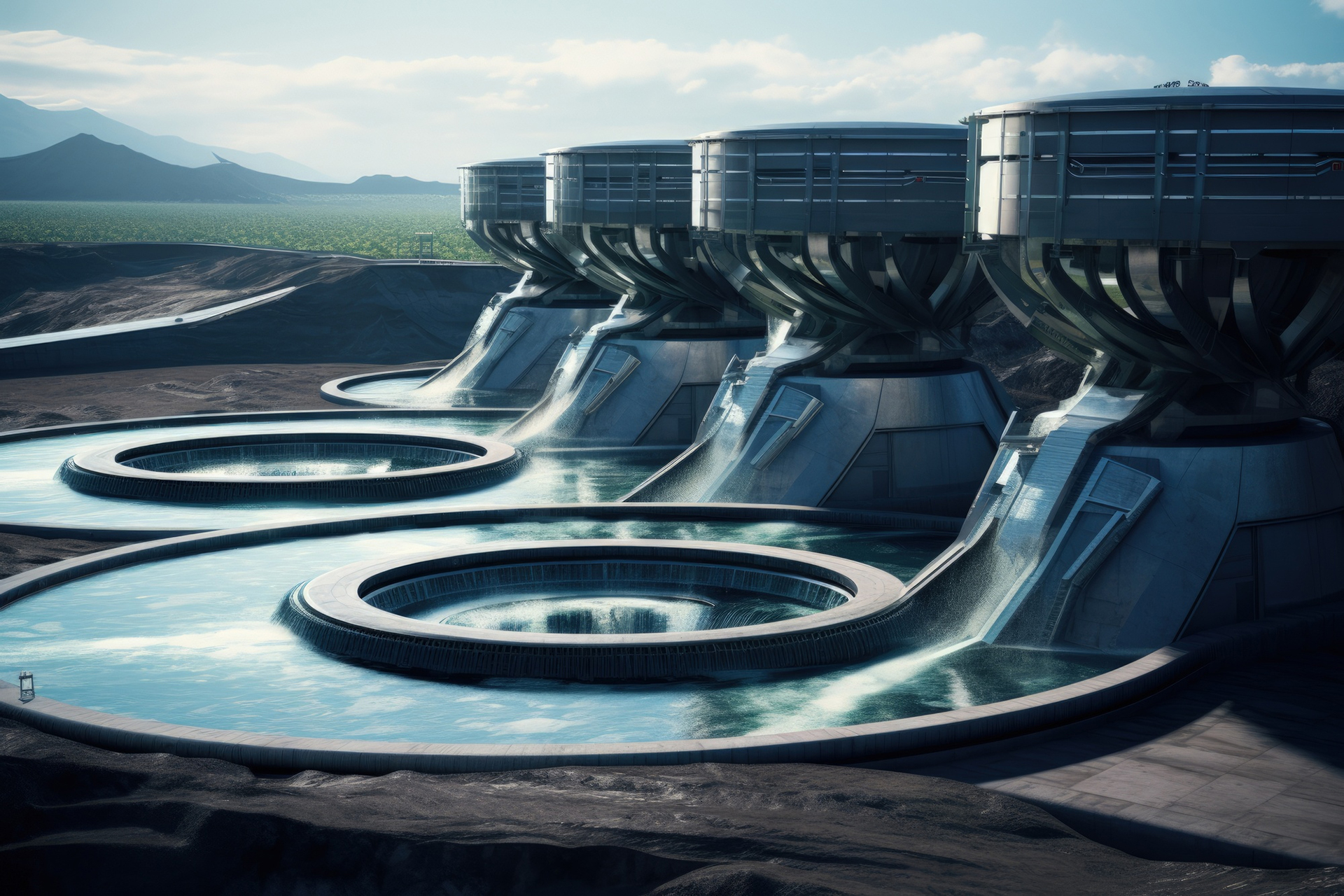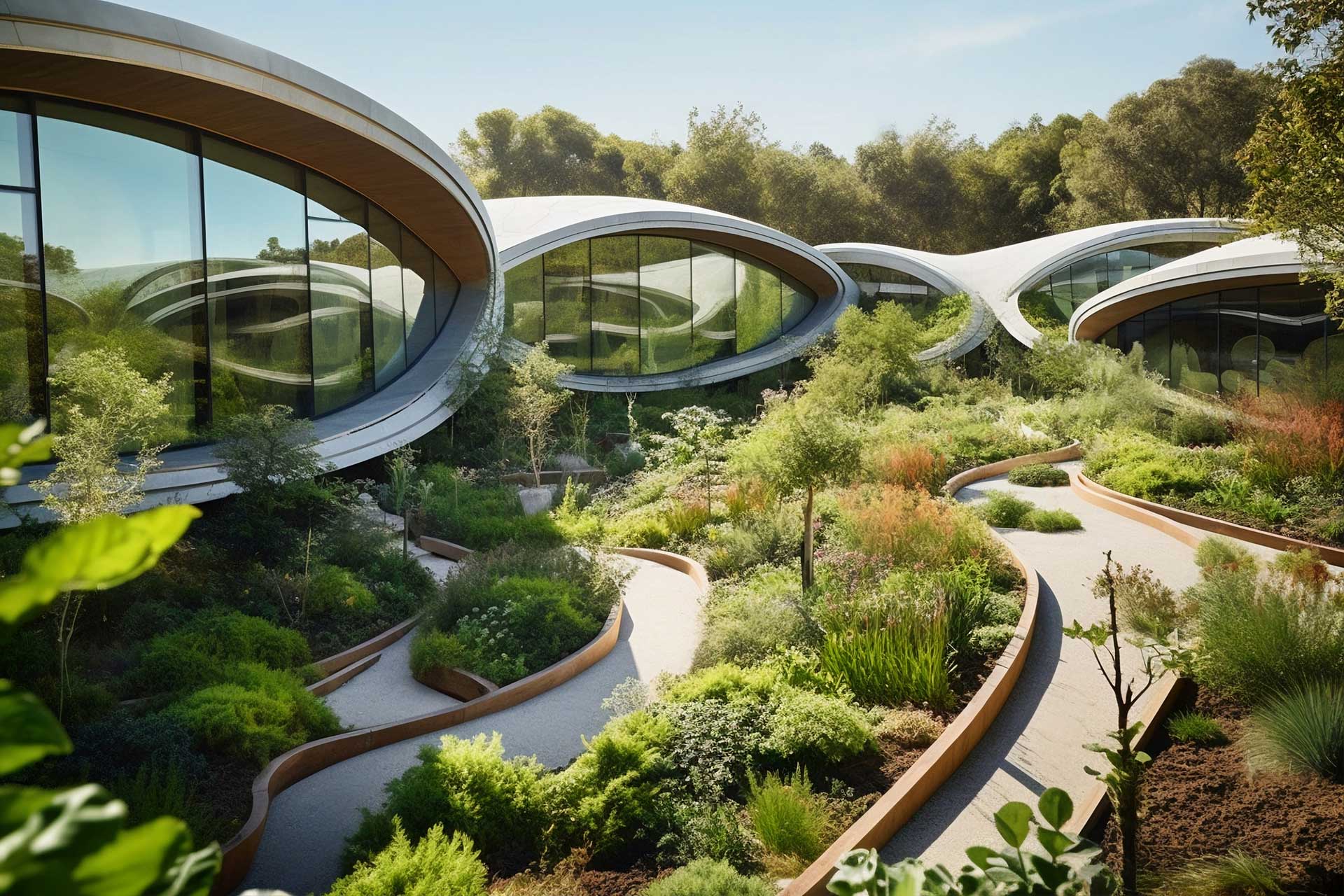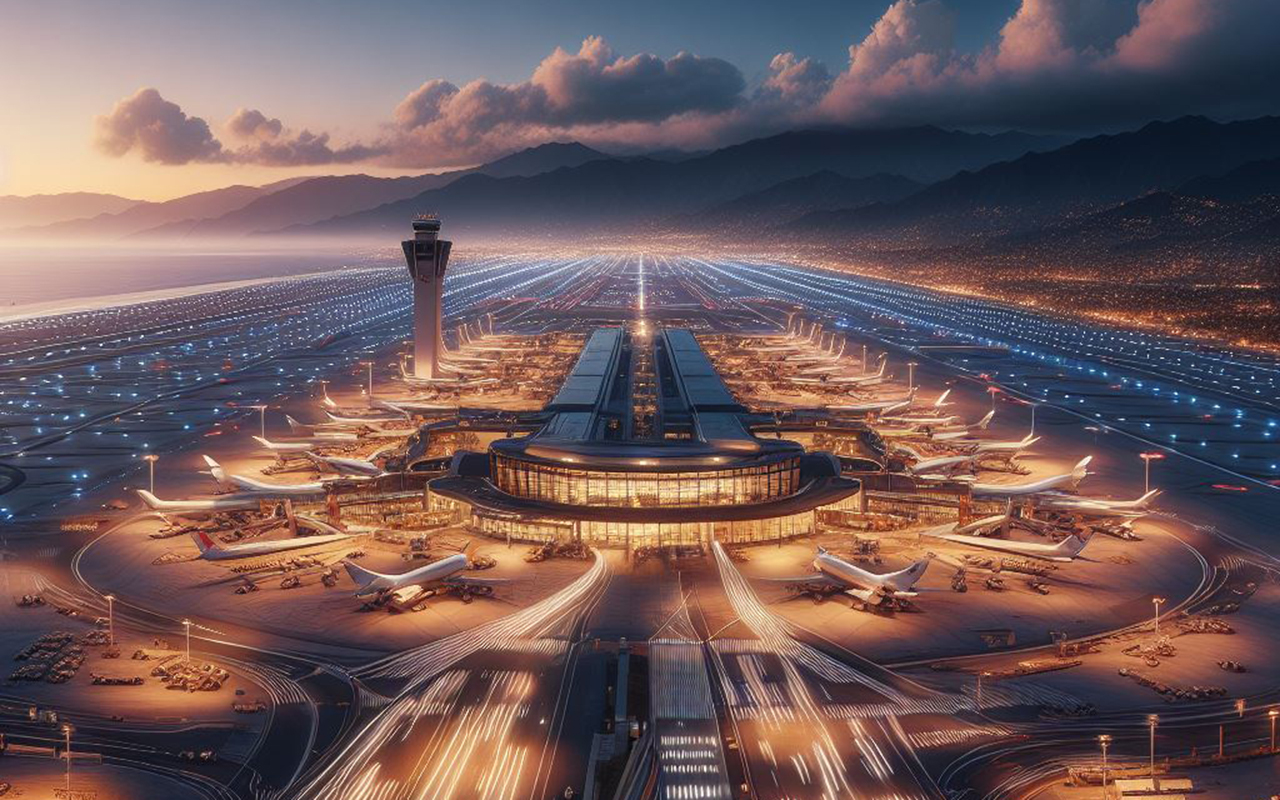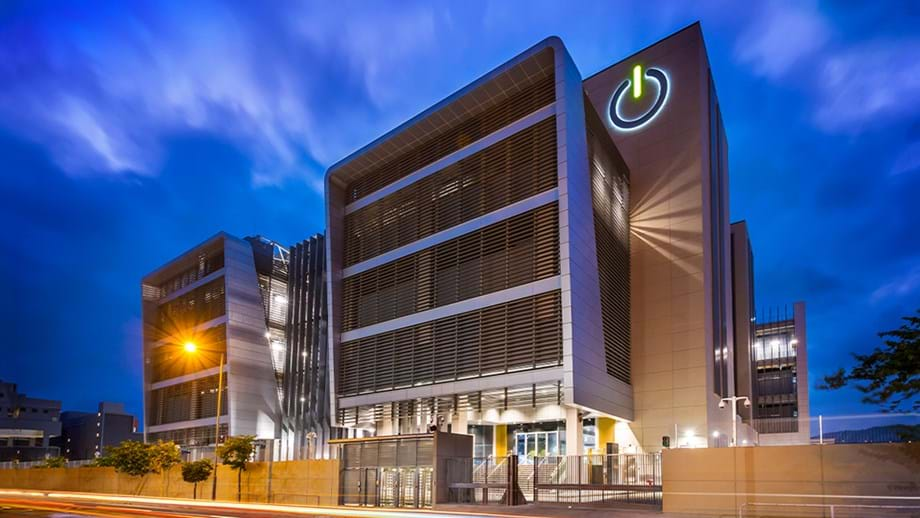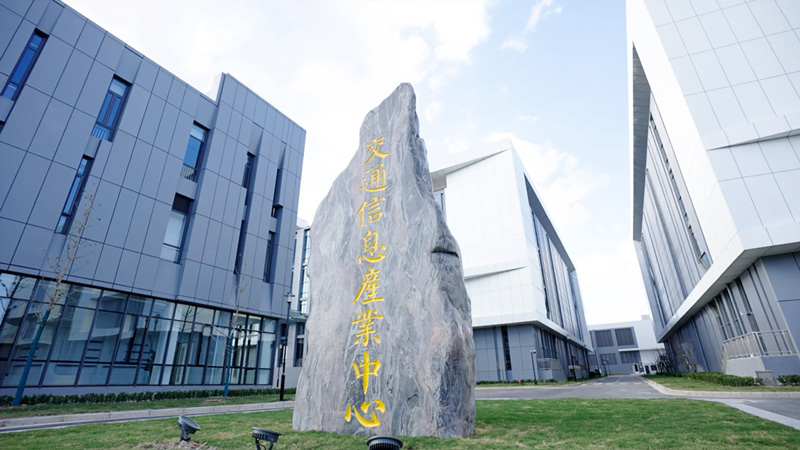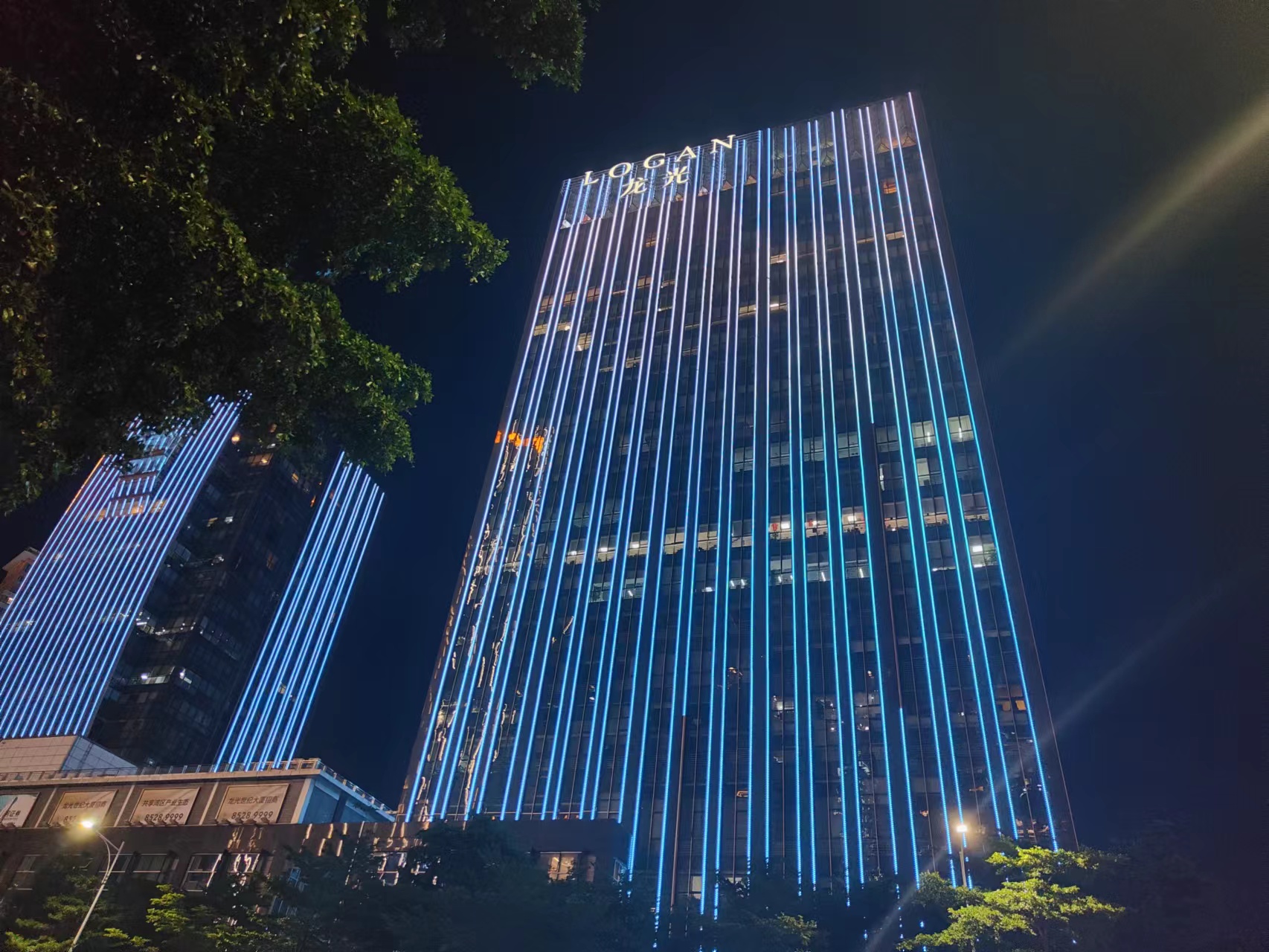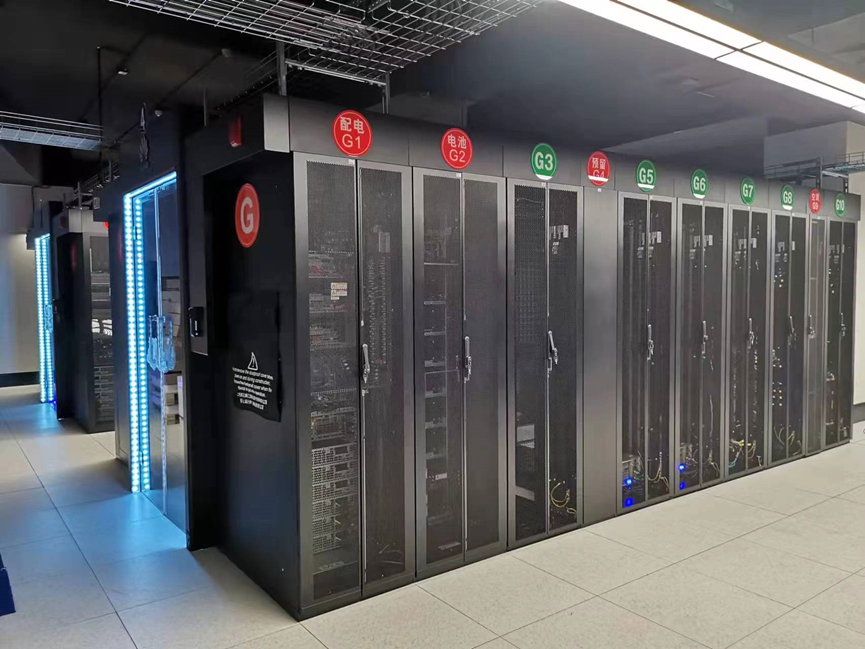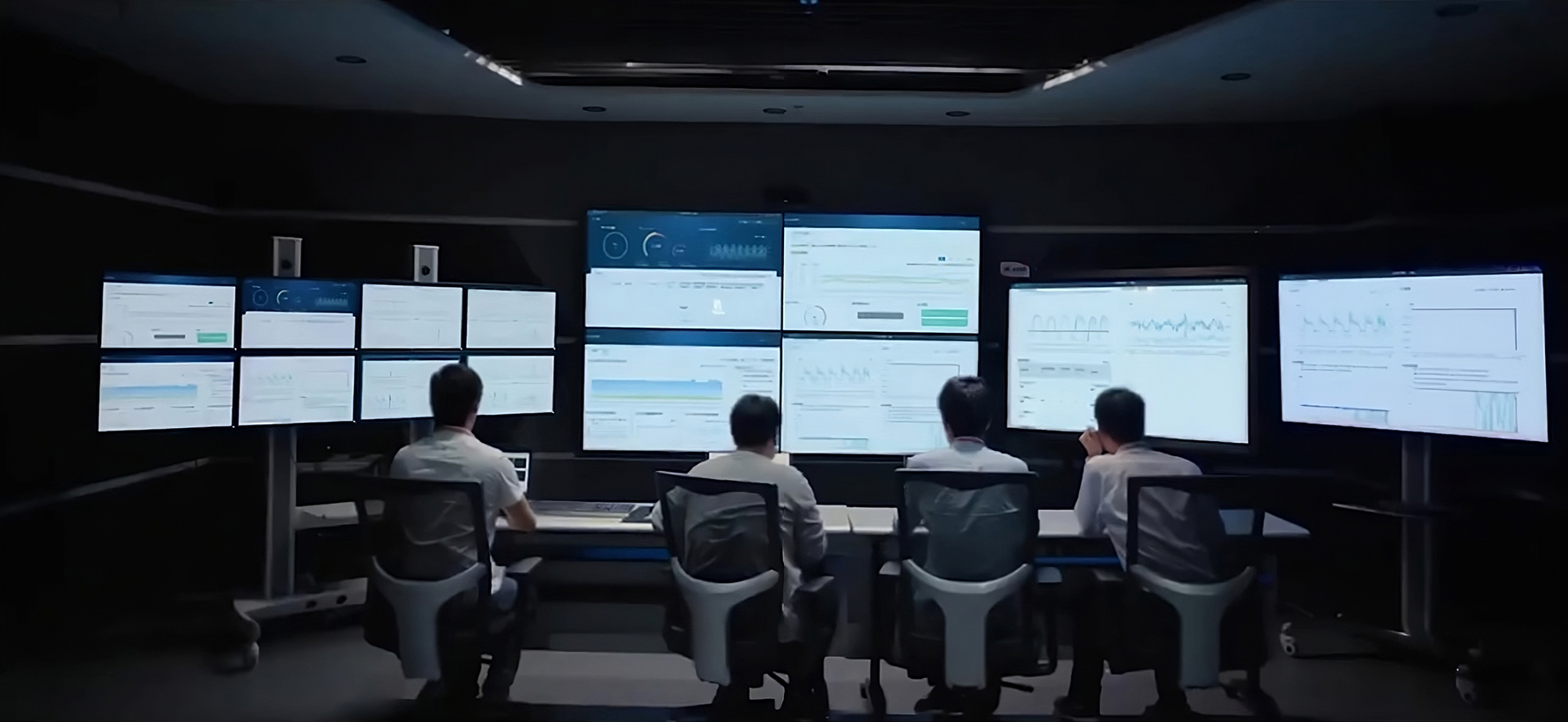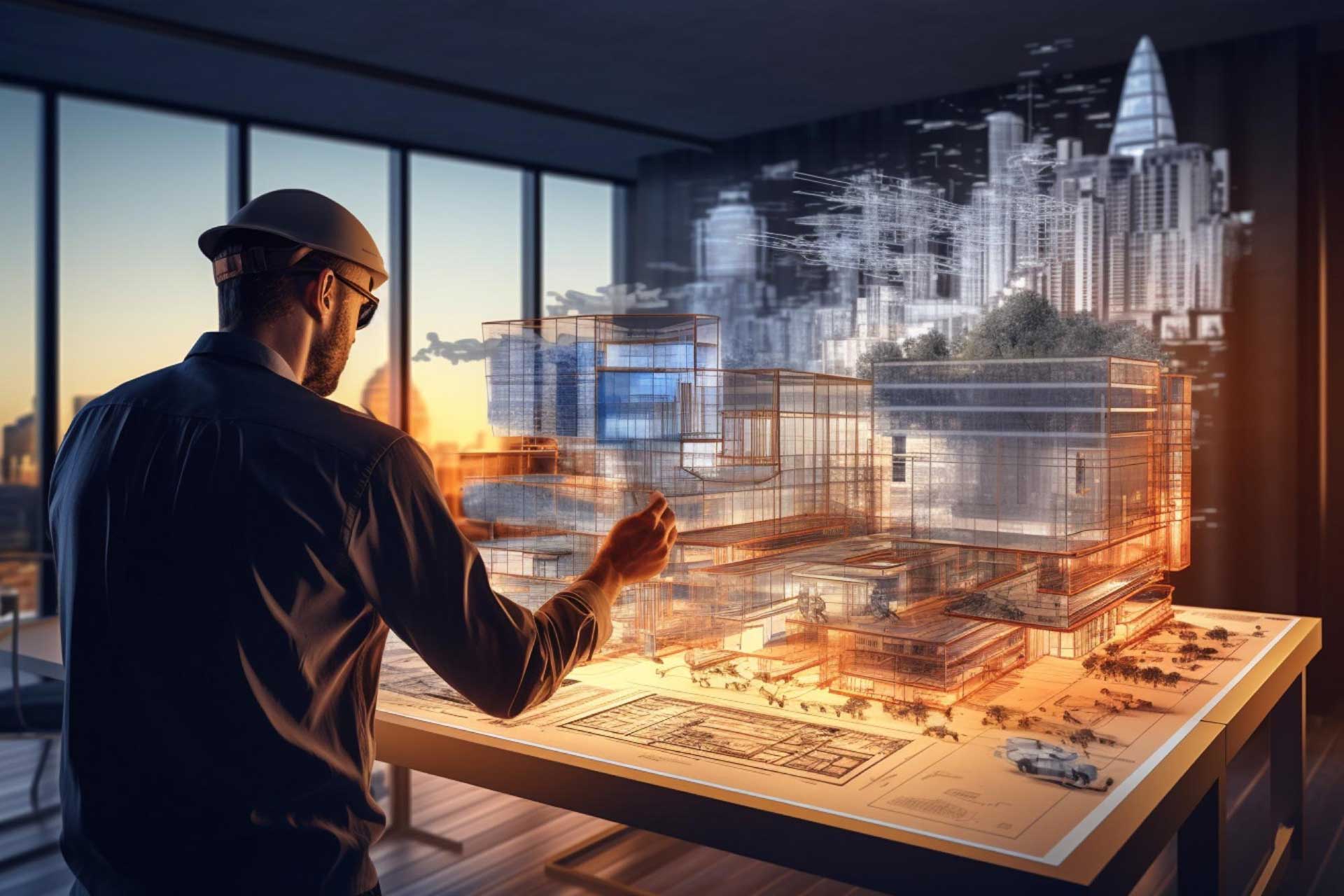
The critical infrastructure sector is rapidly evolving, driven by digital innovation, urban growth, and a push for sustainability. GreenBay is at the forefront, offering solutions that leverage the latest in technology to meet these changing demands effectively.
Digital transformation
At the heart of the industry’s evolution is digital transformation. GreenBay is pioneering this shift, integrating advanced electrical and mechanical engineering to craft solutions that enhance business operations. This strategic approach ensures that clients are equipped with the most efficient, reliable, and forward-thinking infrastructure solutions available.
Sustainability and resilience
GreenBay is committed to creating infrastructure that is both sustainable and resilient. The company focuses on incorporating renewable energy sources and energy-efficient technologies in its projects, aiming for a balance between environmental goals and operational needs.
Urbanization
The challenge of urbanization calls for sophisticated infrastructure solutions. GreenBay’s expertise in designing and maintaining advanced data centers and critical infrastructure meets the growing demands of urban areas, ensuring readiness for future growth.
Shifts in capital availability
Amidst changing economic conditions, GreenBay provides cost-effective, end-to-end solutions. The company’s approach helps navigate the complexities of financing infrastructure projects, ensuring they remain viable and sustainable.
Cybersecurity
As critical infrastructures become increasingly digital and vulnerable to cyberattacks, GreenBay CES’s focus on adhering to strict regulations and standards helps safeguard valuable assets.
Interconnectedness
Managing interconnected infrastructure systems is complex. GreenBay offers comprehensive services that address these challenges, ensuring efficient and seamless operation across various infrastructure components.
Regulatory Compliance
Compliance with regulations and standards is non-negotiable in the management of critical infrastructure. GreenBay’s commitment to following best practices and meeting strict regulatory requirements underscores its dedication to quality and safety in every project.
Underfunding
Despite financial challenges in the sector, GreenBay strives to deliver efficient and cost-effective infrastructure solutions. The company’s innovative approaches ensure projects achieve their goals without compromising on quality or sustainability.
GreenBay is shaping the future of critical infrastructure with its commitment to digital innovation, sustainability, and resilience. By addressing today’s challenges with forward-thinking solutions, GreenBay is paving the way for a more sustainable and efficient future.

